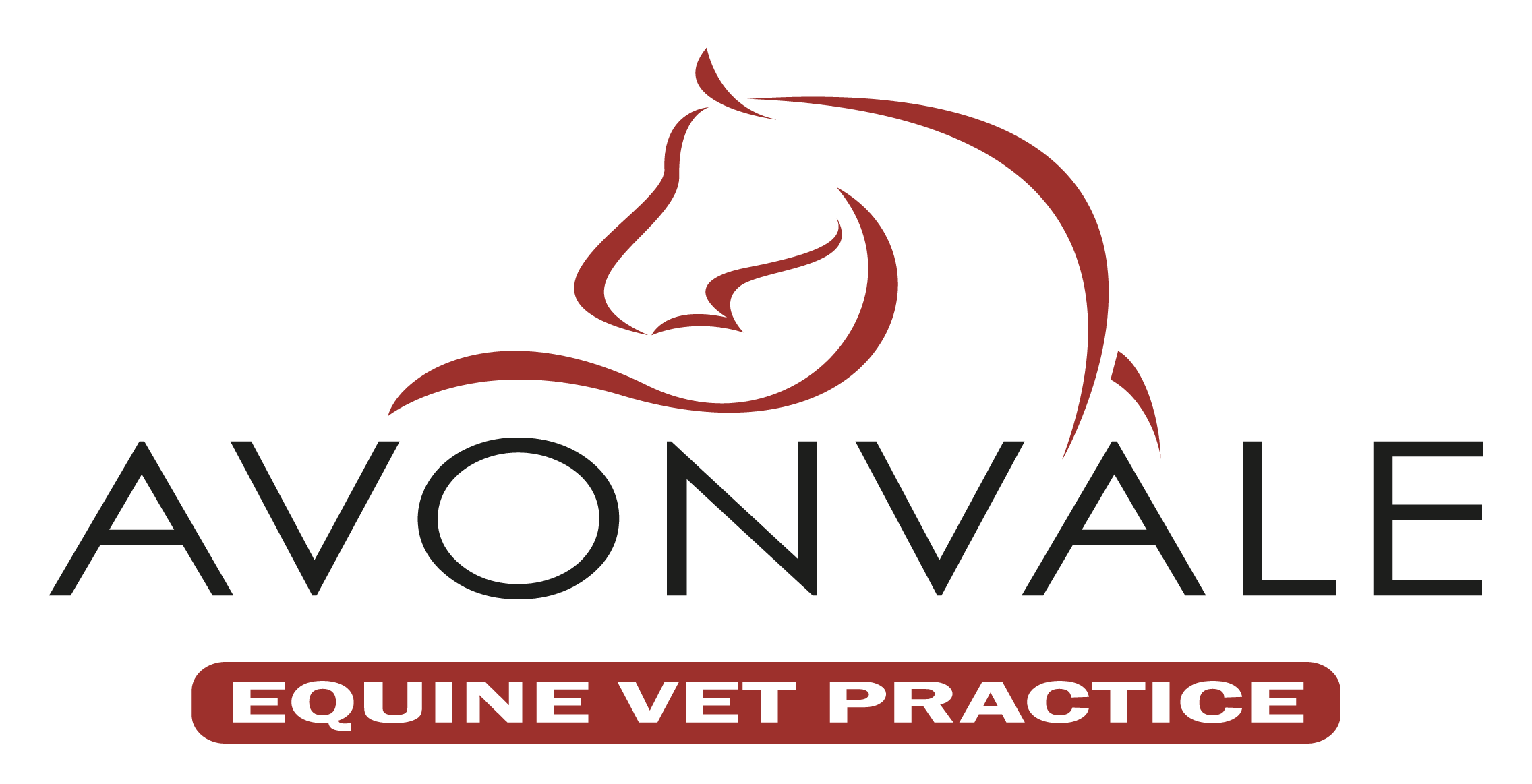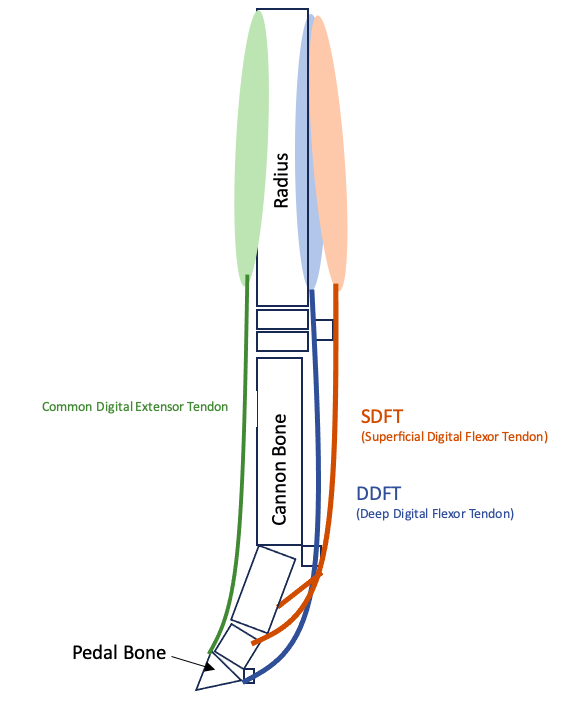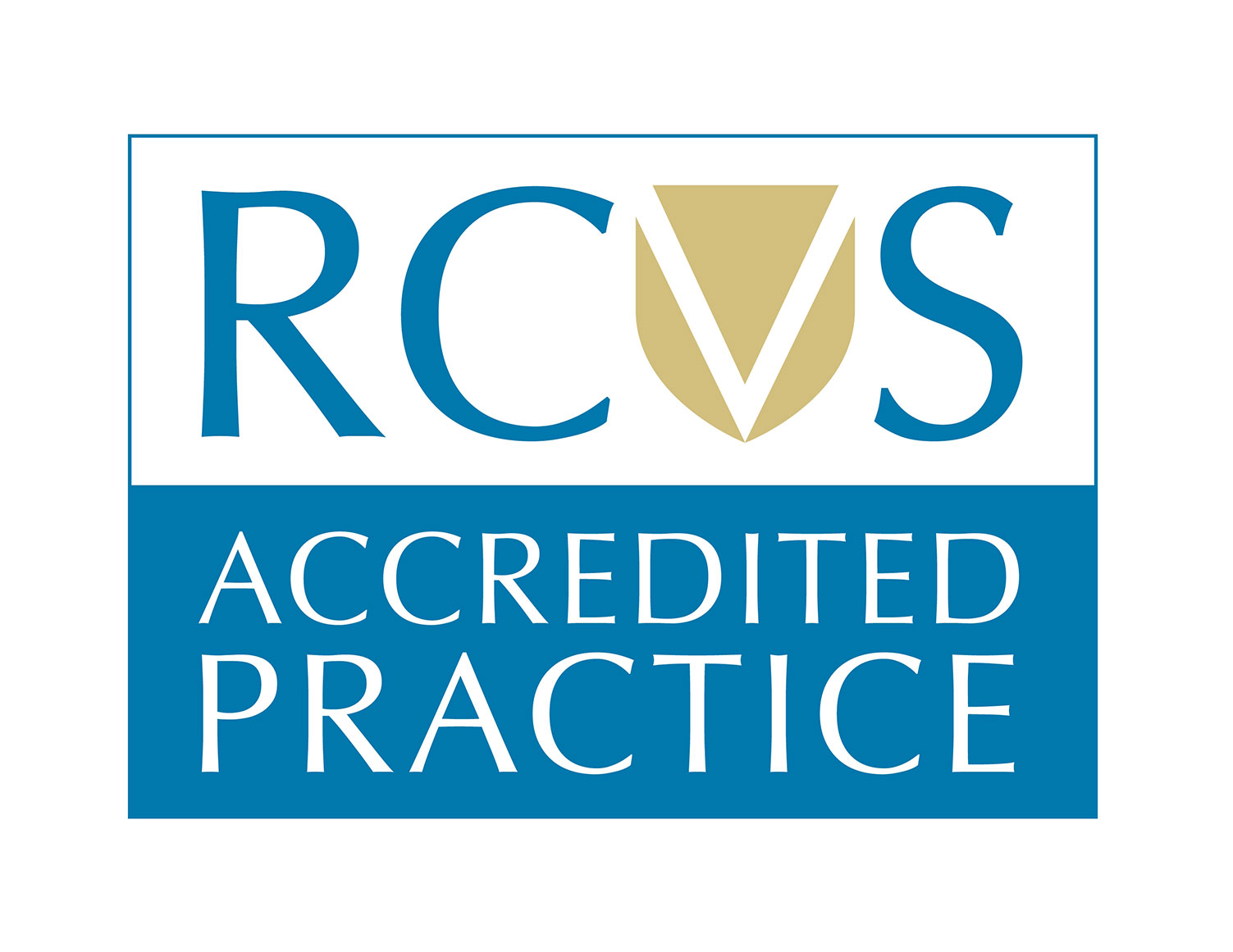Essentially a tendon is the connection between muscle and bone. Generally they are elastic structures that pull on the bone to which they are connected when the muscle at the other end contracts. Horses have quite unique tendons on their distal limbs as they aid the horse in moving at speed through elastic recoil, the tendons are stretch like a bundle of elastic bands when the horse loads the limb, then they spring back together as the foot leaves the ground propelling the horse forward.
What are tendons made of?
Tendons are made up of a series of fibres, these fibres are aligned length ways to create a tendon structure. Some tendons – like those in the distal limb are long, others – like those surrounding the eye are shorter, but all are made of a series of aligned fibres.
These fibres are in turn bundled together to form fascicles, then the fascicles bundled together and surrounded by the endotenon. The endotenon contains blood vessels and nerves that supply the tendon structure.
When tendons run over a joint (e.g. at the back of the fetlock joint), they are encased in a tendon sheath. The sheath is a fluid filled sac which facilitates the smooth running of the tendons around the joint as it flexes.
What do tendons do, and where are they?
Tendons convert the contraction of a muscle into movement. When a muscle contracts, it pulls on the tendon to which it is attached, and the tendon in turn pulls on the bone. Tendons run around joints, so when a muscle contracts it generally results in either flexion or extension of a joint.
In simple terms tendons are either associated with flexion – and often called flexor tendons, or extension – and called extensor tendons. In horses the extensor tendons run down the front of the limbs (dorsal aspect) and flexor tendons run down the back of the limbs (palmer or plantar aspect).
How do tendons get damaged?
Tendons can be damaged in several ways. Like any other soft tissue structures tendons can be lacerated by a sharp object. This is actually fairly rare, but if a horse were to kick through a metal sheet or glass then they could lacerate tendons.
More commonly horses can strike into themselves with their own feet. If a horse over reaches with the hind foot when moving at speed this can cause significant tendon injury on the front leg, often with a skin wound, but not always.
The most common version of tendon injury is an overstrain injury. This occurs when the horse is moving at speed. The flexor tendons are designed to stretch and then re-coil when a horse is moving at speed providing elastic energy to propel the horse forward. But sometimes the tendon will overstretch causing a few fibres to break. Sometimes this damage is not perceptible at the time, but with repeated overstretching a larger area of damage can occur. This usually appears as a core lesion on an ultrasound scan where the fibres in the middle of the tendon are damaged.
Treatment options for tendon injuries
Treatment options vary depending on the type, and severity of the lesion and the tendon affected. The extensor tendons that run down the front of the leg are not that important for limb function and most horses can learn to move normally without them.
If the main flexor tendons are damaged then treatment is required. Complete laceration is often career-ending, if multiple flexor tendons are lacerated then euthanasia may be required. If the tendon sheath is involved surgery may be required to flush out contamination and infection.
If the flexor tendons have sustained an overstrain injury resulting in a core lesion the mainstay of treatment is rest and controlled exercise. In general tendons require 12 months to heal and regain as much of their previous strength as possible. Most of the time we would recommend 6 months box rest with increasing amounts of walking, followed by 6 months paddock rest and a slow return to full work. Stem cells can be injected into the core lesions to aid healing. Stem cells encourage regeneration of elastic tendon fibres rather than healing with scar tissue. The more elastic a healed tendon is the less likely it is to be damaged again.
Can I prevent tendon injuries?
Not entirely, but there are several things that can be done to reduce risk. Horses can wear boots to try and reduce the risk of an over reach type injury. There has been some data published that suggests overheating tendons can increase the risk of injury, so cold hosing or icing legs after a period of fast work will cool the tendons down again rapidly.
It is crucial for lots of reasons that horses are well shod with good foot balance, preventing over strain injury is one of those reasons. If horses have a broken back hoof pastern axis (long toes and collapsed heels) then the flexor tendons are under constant strain.
Core lesions generally develop when horses are moving at speed (gallop). Because of the elastic recoil provided by the flexor tendons to propel the horse forward, the harder the ground, the faster horses can go. So the risk of injury can be reduced by avoiding faster work on hard ground.
Ambulatory Equine Vet Practice Covering Warwickshire, Oxfordshire, Northamptonshire, Gloucestershire, and Worcestershire
At Avonvale Equine Vet Practice, we are proud to offer a fully ambulatory equine veterinary service, delivering expert care at your yard across Warwickshire, Oxfordshire, Northamptonshire, Gloucestershire, and Worcestershire. Whether you need routine equine veterinary services such as vaccinations and worm egg counts, or advanced diagnostic investigations and treatments, our specialist equine veterinary team is here to support you and your horse.
We work with a wide range of clients — from leisure riders to competitive amateurs and professional yards — providing high-level equine veterinary care tailored to your specific needs. Our experienced and highly qualified equine vets offer specialist services including performance horse medicine, and advice for owners and riders at all levels. We are always on-hand to support you when it comes to your horse’s health and wellbeing.
With Avonvale Equine Vet Practice, you can rest assured that your horse’s care is in expert hands. Our dedicated team of equine vets is on-call 24 hours a day, 7 days a week, ensuring you always see one of our own vets, day or night.
We are proud to be rated 5 stars on Google, based on 24 reviews from happy clients as of April 2025. Here’s what some of our clients have to say about Avonvale Equine Vet Practice:
“The vets and staff at Avonvale Equine Vet Practice are simply brilliant… We have always been made to feel that nothing is too much trouble and have never felt rushed. I wouldn’t use anyone else for our ponies, the whole team is amazing.”
“Very professional, kind and caring. Always willing to listen to your concerns and take a genuine interest. Very reassuring and explain conditions and treatment clearly. Avonvale truly care about the welfare of my horse. They always show empathy and compassion and their service is outstanding and I cannot recommend them highly enough, I would not use anyone else.”
If you are looking for trusted, professional equine vets near you in Northamptonshire, Warwickshire, Oxfordshire, Gloucestershire or Worcestershire, we would love to welcome you.
Register your horse, pony, donkey, or mule with Avonvale Equine Vet Practice today, and experience the trusted, expert care that we are known for.
To get started, please complete our New Client Registration Form online. For general enquiries and advice on protecting your horse from the flies this summer, please contact us via our contact form or call us on 01295 670 501 and we’ll be happy to help.








